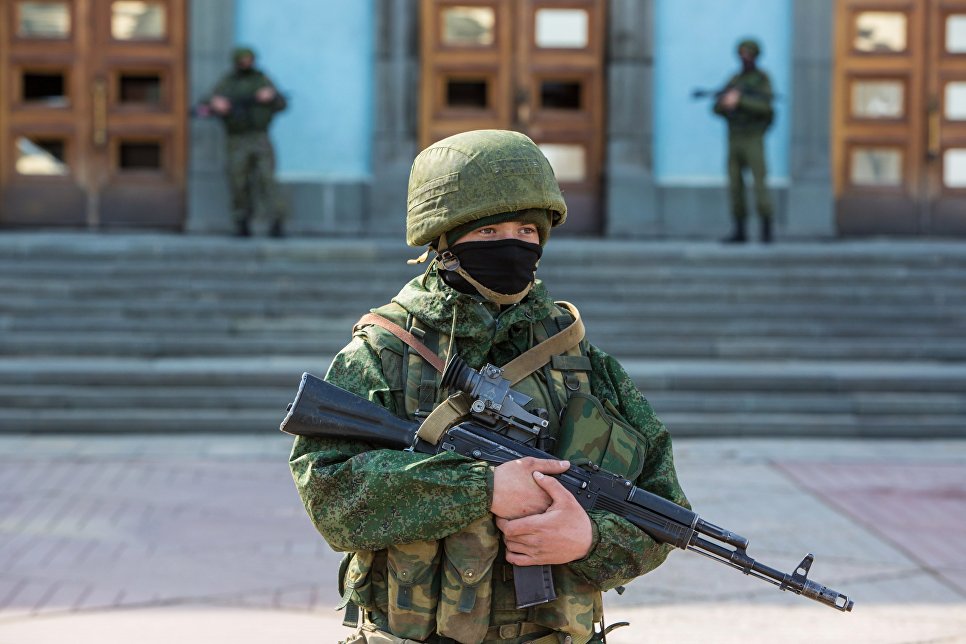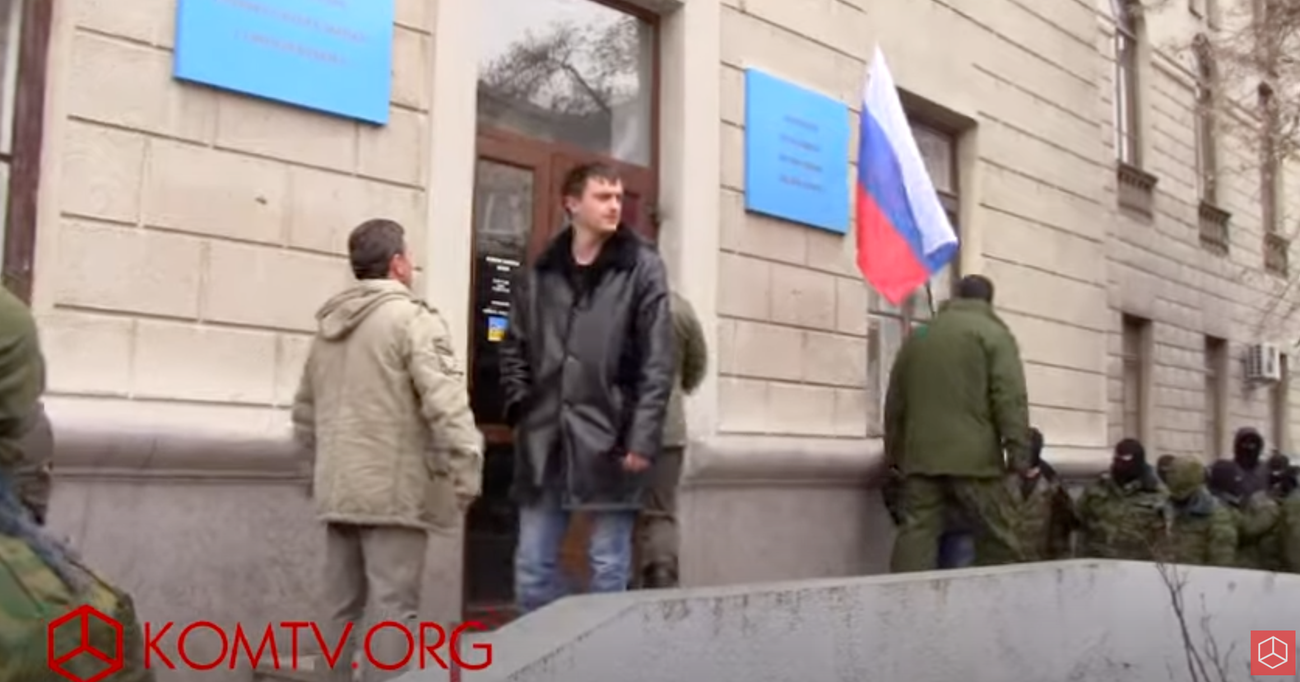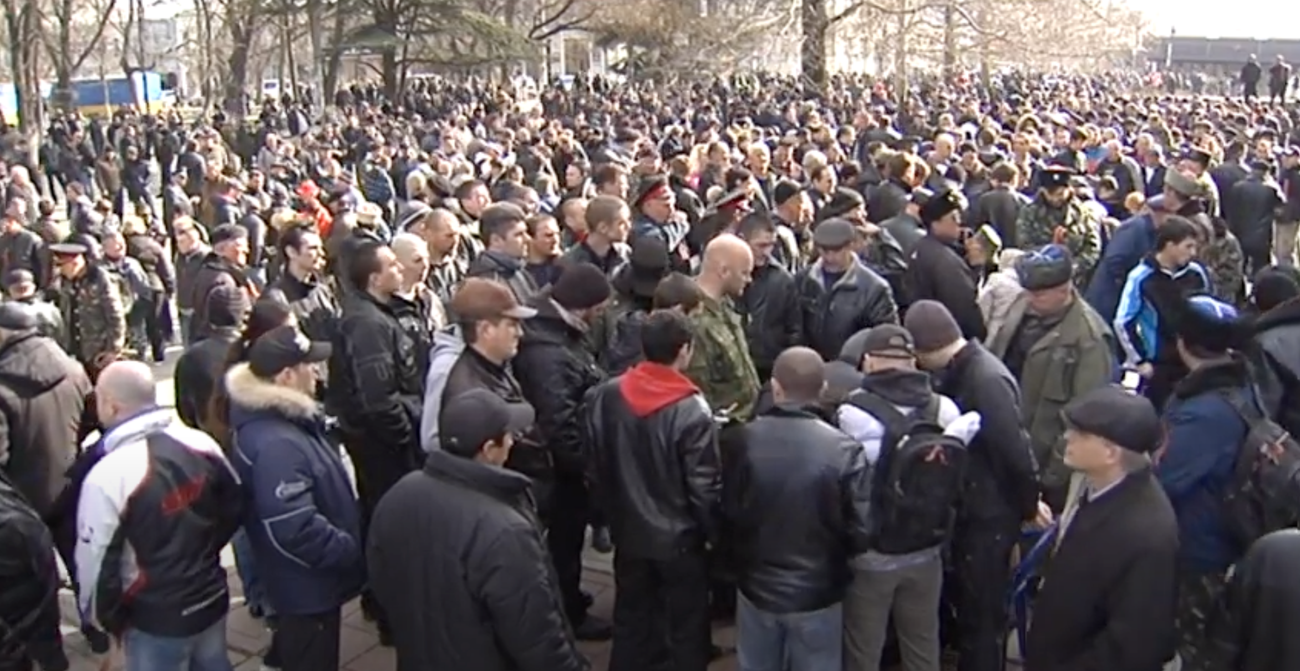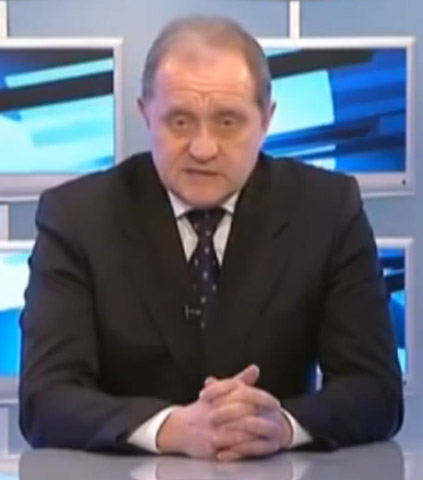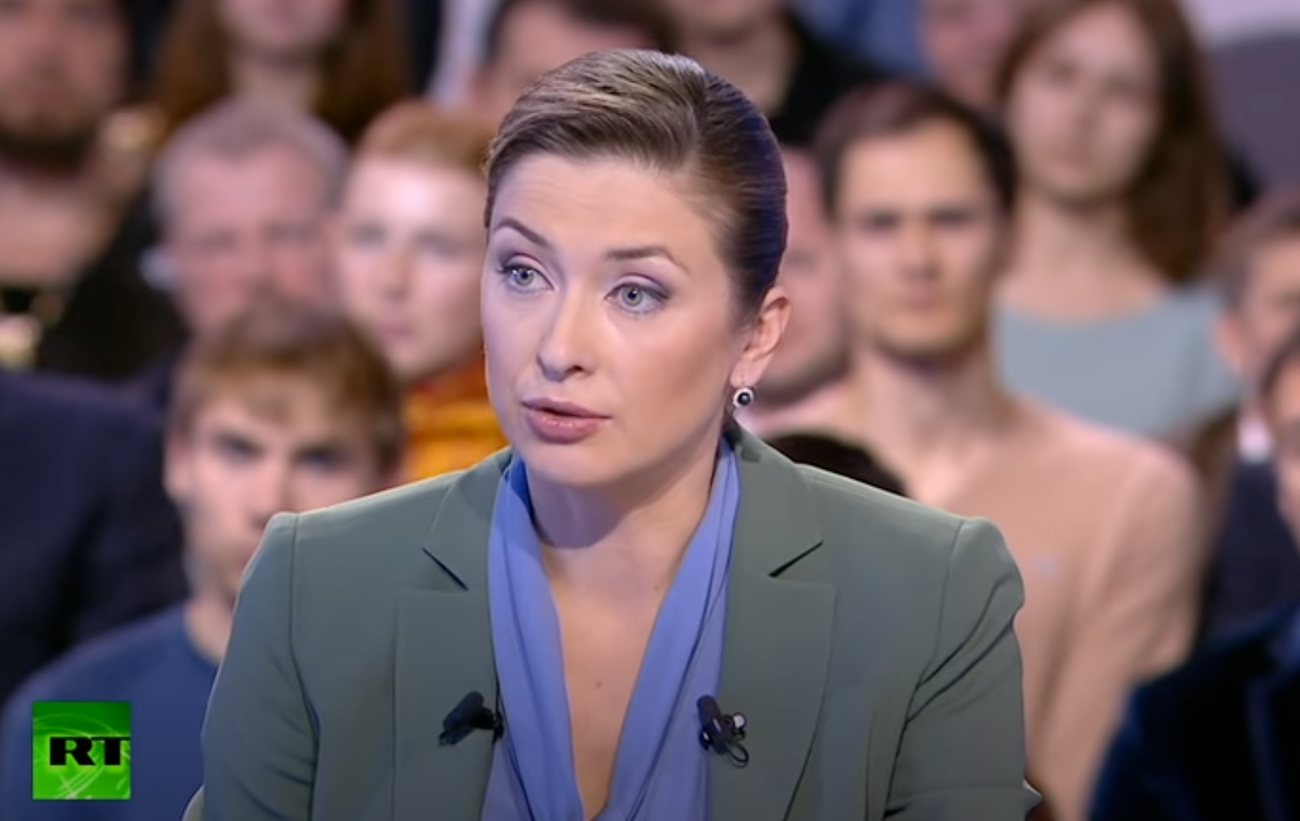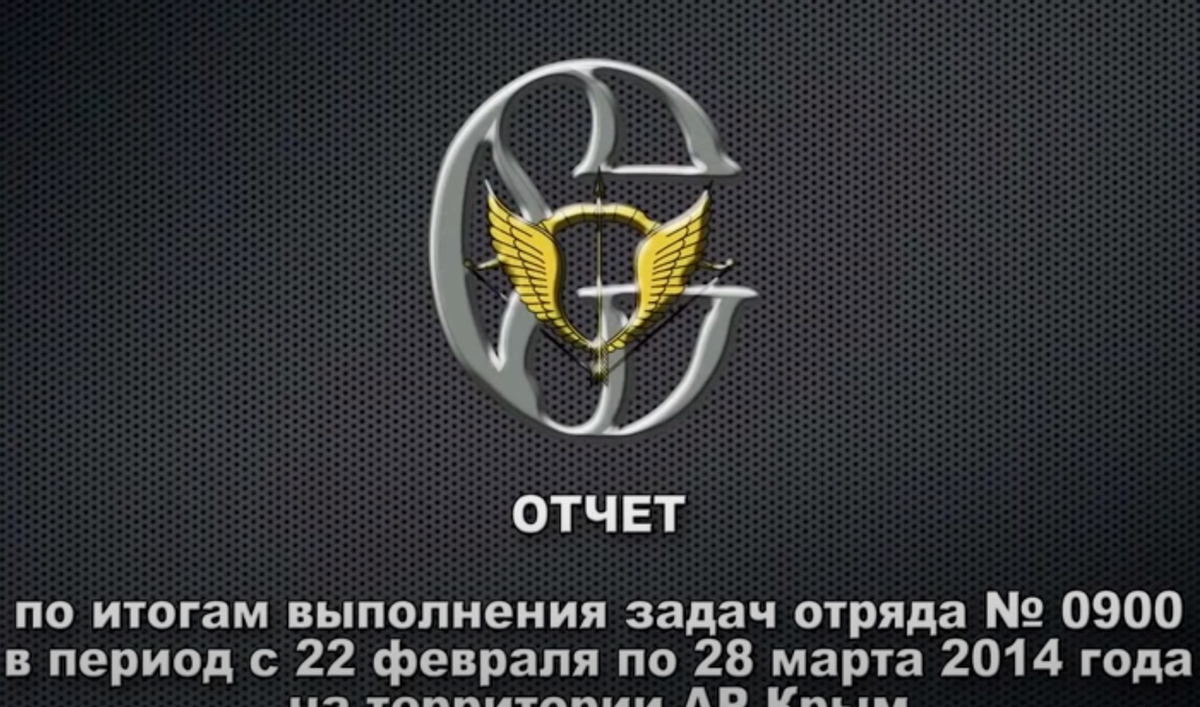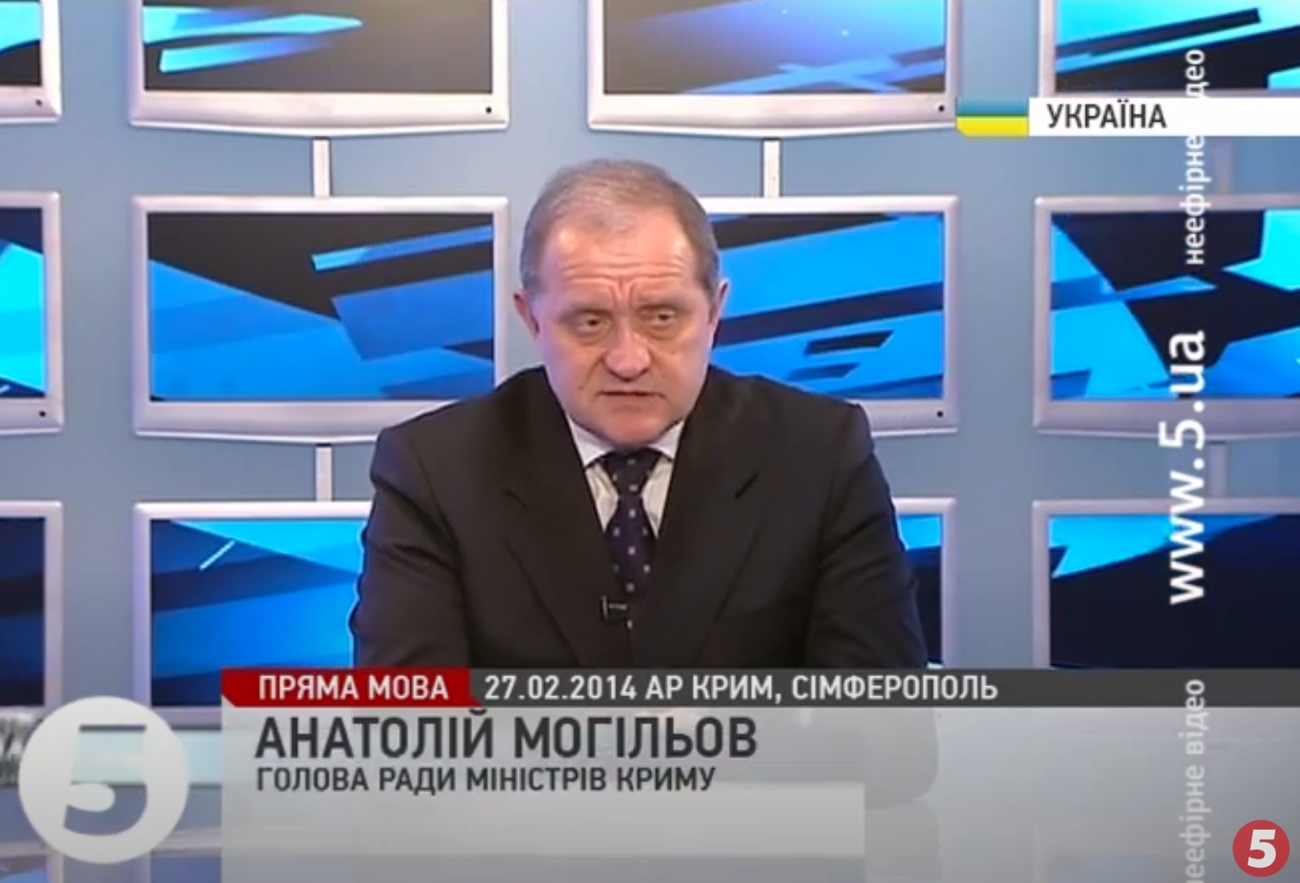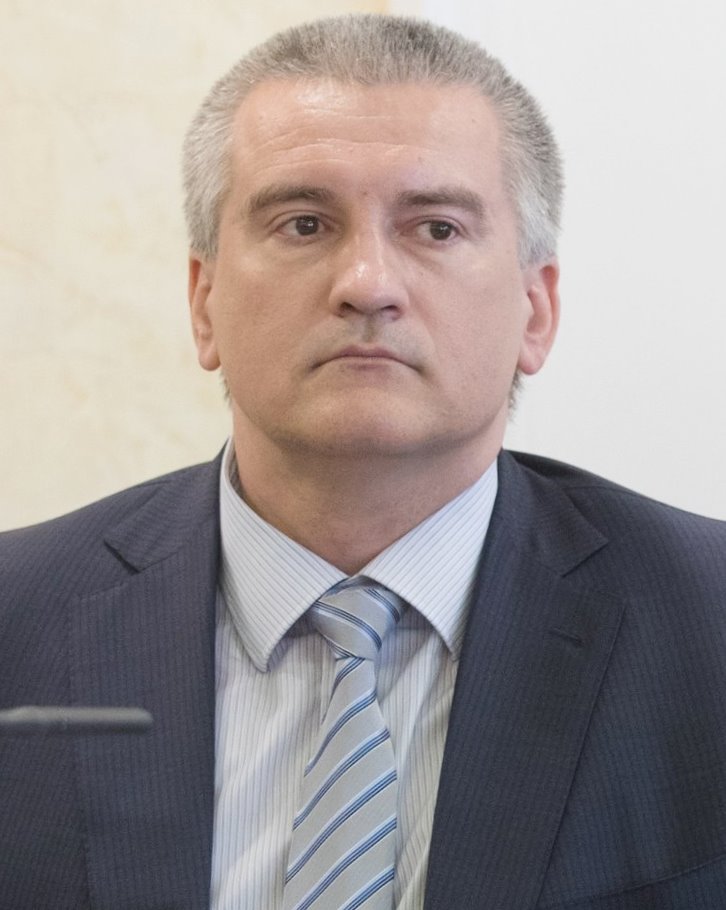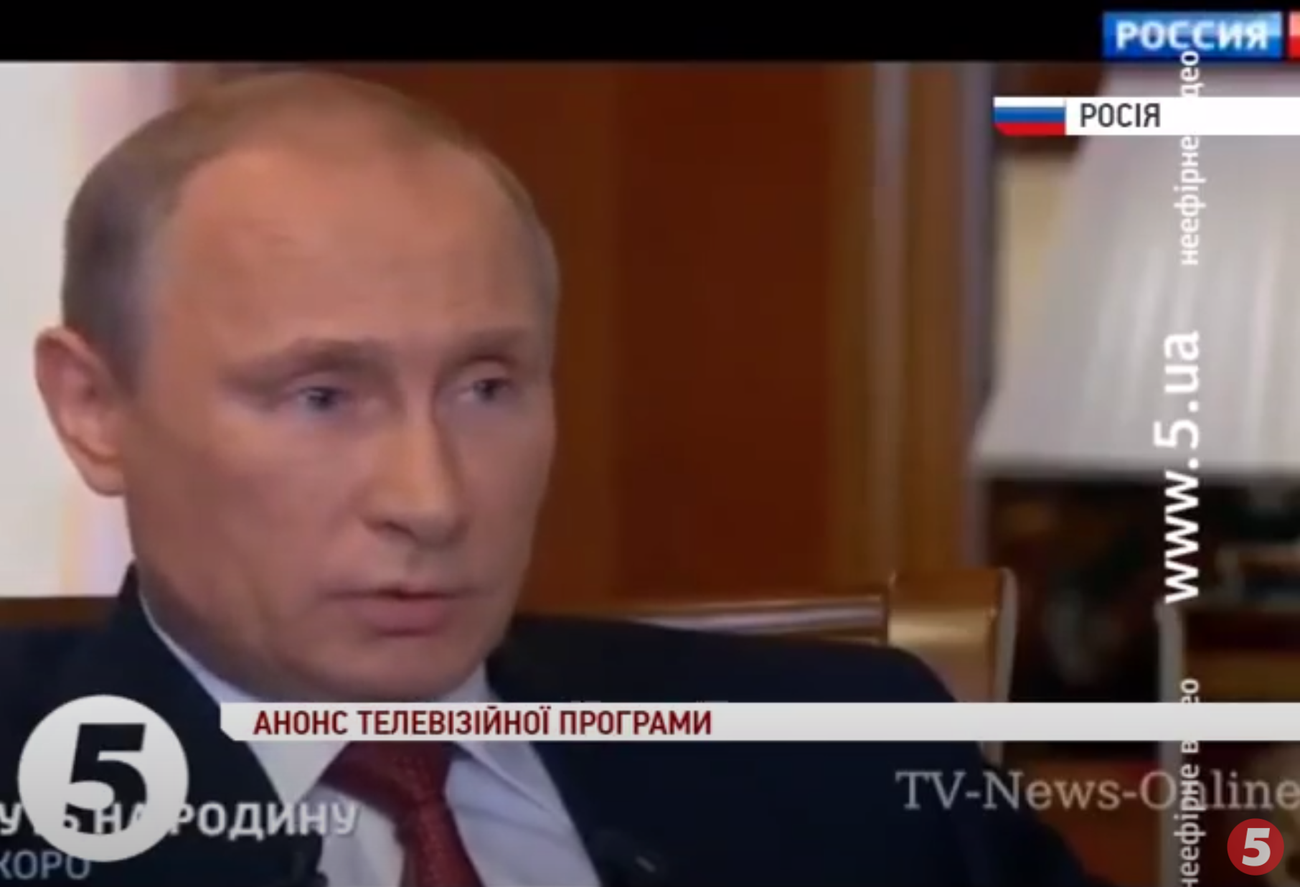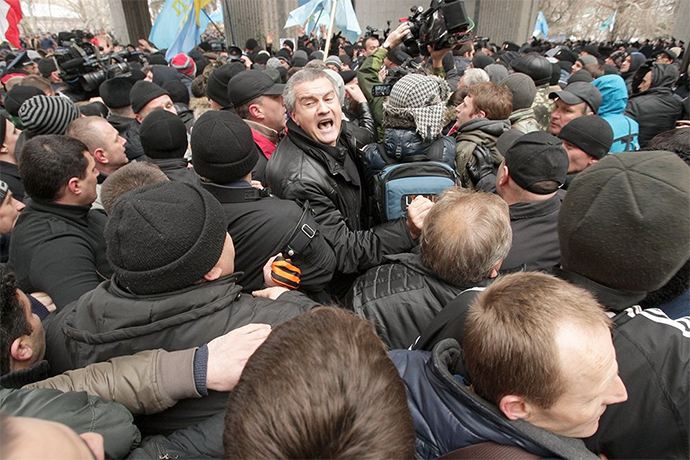Seizing the state administration centers in Simferopol went at a speed of lightning. Even in the evening of 02/26/2014, after a rally of many thousands in support of the territorial integrity of Ukraine, the socio-political situation appeared to be stable.
However, in the morning of 02/27/2014, much to the astonishment of most Crimeans, some unknown people appeared to have taken over the control of administrative buildings of the autonomy. At night, several dozen well-armed military men, without firing a single shot, occupied the parliament first, and the government of the ARC soon thereafter.
According to surveillance camera records, at 04:23 in the morning, some unknown servicemen broke windows into the building of the Council of Ministers of ARC, tossed a stun grenade, neutralized the guards, took control of the main entrances and got hold of the computer in the chairman's office. The Ukrainian flags on both administrative buildings were taken down, only to be replaced by the Russian tricolors.
The invaders looked unusual: dressed in the newest Russian military gear of Ratnik type, wearing masks and helmets, faces covered, toting the latest models of the Kalashnikov assault rifles, Dragunov sniper rifles, Pecheneg machine guns, Mukha grenade launchers and other most advanced small arms. At the same time, the attackers broke the laws of warfare: they wore no insignia on their uniforms to indicate their state and organizational affiliation. They did not introduce themselves, neither did they put forward any demands, they just waited.
A few months later, unknown persons dubbed by the Russian media as the "little green men" would give themselves away in a video report of the Russian Special Operations Forces. Among other things, we will see the seizing of the building of the Crimean government: withdrawal of police officers on duty, barricades indoors, change of flags in the night, and at least 4 Russian Tigr armored vehicles and a military truck driving into the courtyard. The video of the commandos also shows a meeting of at least 17 people in business suits led by Sergey Aksyonov and apparently supervised by the Russian military.
At 8:30 am on 02/27/2014, Prime Minister Anatolii Mohyliov made an address to the residents of Crimea, informing them that the government and parliament were seized by unknown people. His attempt to negotiate with the military men through the broken glass of the government building failed.
Pro-Russian fighters, specifically, well-organized so-called "people's squads", were pulling up to the buildings of the parliament and government. They formed a human shield to protect the buildings from possible assault. Among others, the future commander of the militants in the Donbas, Igor Girkin (aka Igor Strelkov), was also spotted there.
On 02/27/2014 at the beginning of the working day, the website of the General Prosecutor's Office of Ukraine reported on the seizure. The Prosecutor's Office of the ARC initiated criminal proceedings under Art. 258 of the Criminal Code of Ukraine (Terrorist act). The Crimean Department of the SBU was assigned to run the investigation. The prosecutor's office of the autonomy is currently providing procedural management in criminal proceedings under Part 3 Article 27, Part 4 Article 28, Article 341, Part 3 Article 27, Part 4 Article 28, Part 2 Article 258, Part 2 Article 279, Part 1 Article 343, Part 1 Article 109 of the Criminal Code of Ukraine). Top officers of the Crimean Prosecutor's Office, the Ministry of Internal Affairs and the SBU were at the scene. The local police personnel were put on the alert.
The perimeter of the administrative buildings was closed. Members of the Parliament, however, were expected here. People's representatives who came in voluntarily or under duress, started to pass unlawful decisions. One of the first decisions was a motion of no confidence and termination of the powers of the government headed by Anatolii Mohyliov, followed by the resolution on accession to the Russian Federation.
The controlled parliament and government of Crimea were tasked with legitimizing the occupation by Russia. The new head of the Cabinet of Ministers of the ARC, Sergey Aksyonov, assumed command of the law enforcement agencies of Ukraine stationed in Crimea, and called on the Russian president for help.
 Simferopol, 13 Kirov avenue.
Simferopol, 13 Kirov avenue.
 2014-02-27
2014-02-27
